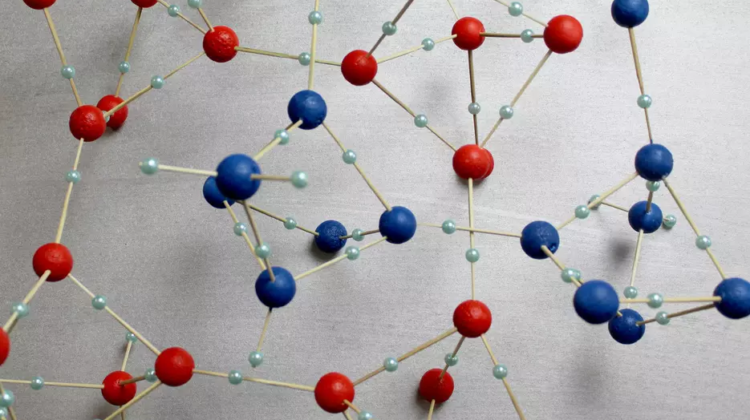
ICE XIX
Researchers have found evidence for the existence of a new variety of ice, adding to already known 18 unique structures
Owing to the different shapes in which the oxygen and hydrogen atoms can be arranged, ice can be categorized into 18 different crystalline structures. The most common among them is Ice I, which we see forming in ice and snow here on Earth, and stands alone as the only type of ice you will find on the surface of our planet. Of course, scientific laboratories are an exception.
With the recent discovery, another one can be added to the list called ice XIX. This is the culmination of the three-year-old efforts of Chemists at the University of Innsbruck (Austria). Although they discovered the ice variant back then, it’s only now that they have been able to elucidate the crystal structure of ice XIX using neutron diffraction.
These different types of ice, known as polymorphs, form depending on the changes in pressure and temperature and have very different properties. The breakthrough made several years ago slowing down the cooling process and increasing the pressure (20 kbar), resulted in a different arrangement of hydrogen atoms that we can see in the novel crystalline structure.

“We found clear evidence at that time that it is a new ordered variant, but we were not able to elucidate the crystal structure.”
~ Thomas Loerting, Study Author

For the process of the clarification of the crystal structure, an essential technical hurdle had to be overcome. In an investigation using neutron diffraction, it is necessary to replace the light hydrogen in water with deuterium (“heavy hydrogen”).
